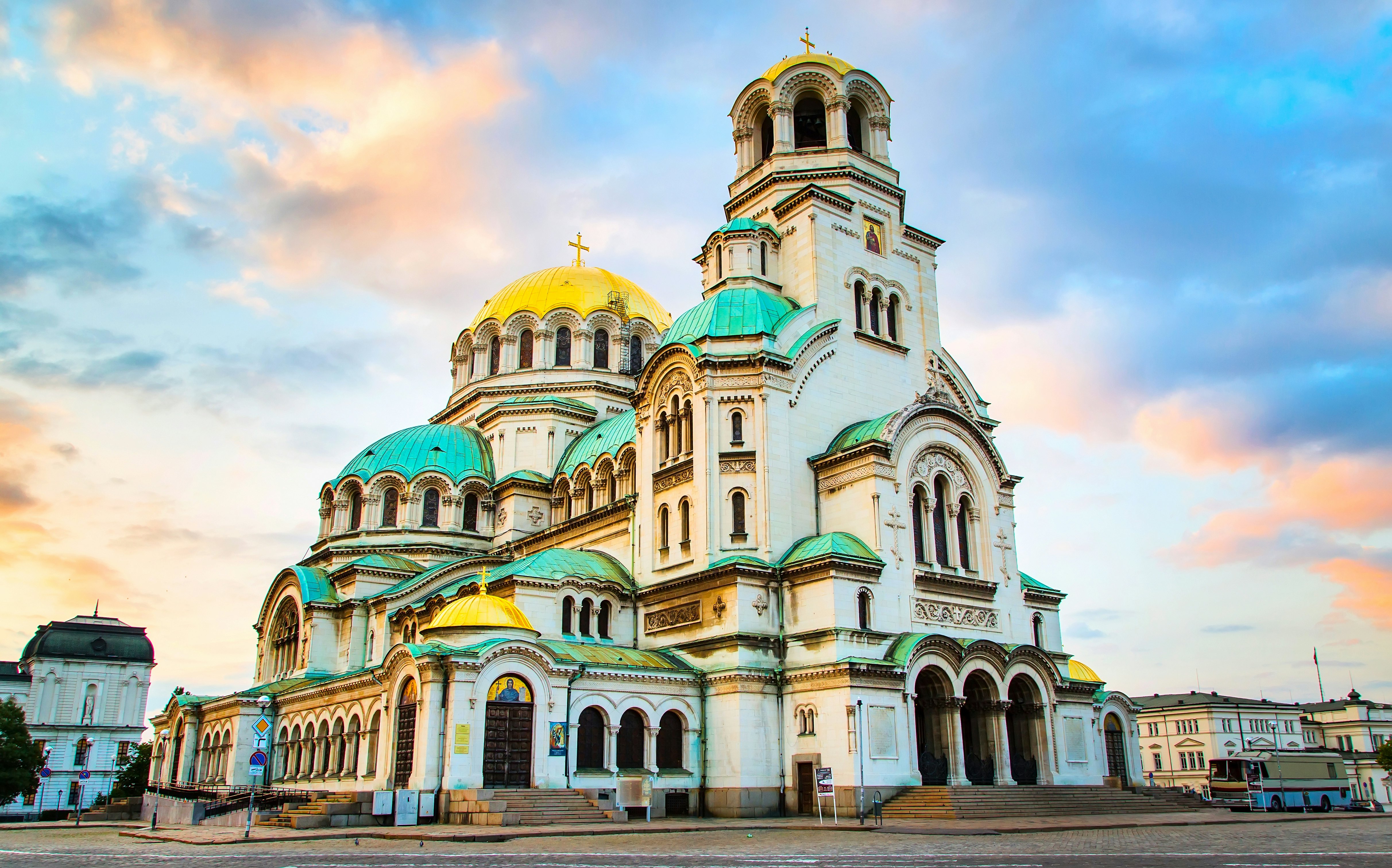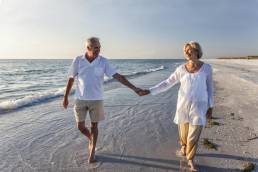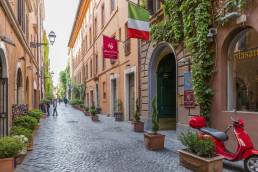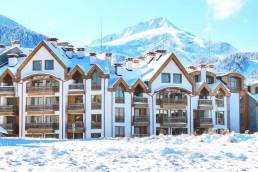Nei post precedenti vi abbiamo presentato la Bulgaria, vi abbiamo spiegato perché è conveniente traferire qui il proprio business, come si vive bene da pensionati da queste parti e, per i più giovani, come la Bulgaria possa diventare una alternativa appetibile per studiare Medicina o Odontoiatria senza sottostare ai limiti del test di ingresso italiano.
Today we want to talk about something different, that is, how, once you have decided to move to this small but incredible country for work or otherwise, it is possible to enjoy life by being able to pass in just a few kilometers from beautiful beaches to wonderful cities of art up to the snow of the ski resorts. And we do this by providing you with 5 ways to enjoy Bulgaria!
- In order not to appear superficial by immediately talking about nightlife, let's start this guide by talking a little about art and we do so starting from what will almost certainly be your first stop in Bulgaria, >Sofia, the capital, as well as the main airport center of the country. Although Sofia is not part of the major European tourist traffic, we can say without fear of contradiction that she is a Cinderella who just needs to be discovered to transform into a princess. A city rich in a thousand-year history, a history that we begin to learn about in the main tourist destination of the city, the Aleksandr Nevskij Cathedral, whose construction ended in 1912 and recalls the Byzantine style of the main churches of this part of Europe. Just as you shouldn't miss the Rotonda di San Giorgio. Don't expect anything; it is actually a very particular church as it is set among many buildings and surrounded by a courtyard made of Roman ruins from the times of Constantine. Built by the Ottomans, it was later renamed as a Christian church. Moving on from the sacred to the profane, those who live in Sofia are also lucky enough to be a stone's throw from the 500 Art Gallery, a wonderful exhibition of over 2000 works produced not only by the main Bulgarian artists but also by Indian, Japanese and African artists, a real gem in which to find unexpected pieces of art which, due to its vastness, is sometimes renamed the "Louvre of Bulgaria". Still on the subject of art, another place not to be missed in Sofia is the National Archaeological Museum. Why visit it? Because through a visit to this museum you will have the opportunity to learn about the ancient Bulgarian populations who, for one reason or another, have never found too much space in the narratives of Italian history books. One more reason to get to know him. From the profane we return to the sacred and we do so by talking about the last two main destinations of your "obligatory" tour in Sofia. The Russian Churchand the Statue of Saint Sophia. The first is a typical jewel of Russian architecture, very similar in shape and colors to the cathedrals that you can find for example in St. Petersburg. It was built at the end of the nineteenth century and with its 5 domes that alternate green with gold it has already become a UNESCO World Heritage Site for several years. We close our tour in Sofia with a visit to the statue of Hagia Sophia, and we do it for a particular reason; the statue is a symbol of the city, but not for its beauty (which objectively it does not have), nor because it gave its name to the city itself (the name of the Capital in fact derives from the Greek term indicating "wisdom); the peculiarity of this statue lies in the fact that it represents the exit from communism. In fact, it was erected once the Iron Curtain fell, after tearing down the statue of Lenin that stood in the same spot.

- After having satisfied our cultural appetites we can dedicate ourselves to what is the highlight of entertainment made in Bulgaria, the nightlife. For Bulgarians, especially the younger ones, reveling in alcohol and music until the morning is not a trend but a way of having fun. This is why from Sofia to Plovdiv, passing through Sunny Day and Varna, you will find a lot (and we are not exaggerating) of places whose opening hours are those at which people normally on Saturday evening he finishes dinner and then retires to his home. Here there will be music (and rivers of vodka) until the morning; in short, a real blessing for those who are in Bulgaria for business but also want to enjoy their hard-earned money to the full.
- Still on the subject of fun, we come to the third point. For the series "maybe not everyone knows that", in fact very few in Western Europe know that Bulgaria is a country with a strong vocation for marine tourism. If you are here on business and want to treat yourself to a weekend of sun and sea, keep these three names in mind; Varna, Burgas and Sunny Day. These are the three main tourist resorts on the Black Sea where Bulgarians come to defrost in the summer. Here too you will not lack nightlife entertainment just as you will have no difficulty finding luxury hotels and beautiful beaches. In particular, we suggest starting your tour in Sunny Day, famous for its medium-high tourism target as well as for the spas, which add a further attraction to the usual activities linked to seaside tourism.

- So far we have talked about the sea. Now let's talk about mountains. Yes, because Bulgaria's fortune is that, in a few hundred kilometers (it is slightly larger than Lombardy), it goes from the sunny beaches of the Black Sea to the snow-capped peaks of the interior. There are around 30 ski resorts in the country but we will limit ourselves here to introducing you to the two main ones: Bansko and Borovets, with their respective 48 and 58 km of slopes. Both of these two ski resorts are less than two hours' drive from Sofia; so if you find yourself working in the capital you can easily reach them during the weekends.

- We started this guide by talking about culture and we end it in the same way by focusing in this case on traditions, and on one in particular, which we like to talk about, the Kukeri Festival. There are those who call it the Bulgarian Halloween but in reality it is closer to thanksgiving in meaning. It is a festival held at the end of winter and serves to commemorate the end of the cold season and the arrival of spring which should, hopefully, bring prosperity and fertility. During the festival, men dress in traditional clothes made from sheepskins and wool and with characteristic cowbells attached to their belts. The noise of these cowbells, the music and the dancing, should serve to chase away the demons of winter, thus favoring the transition to a milder climate. A curious opportunity not to be missed if you are in Bulgaria at the end of March.



